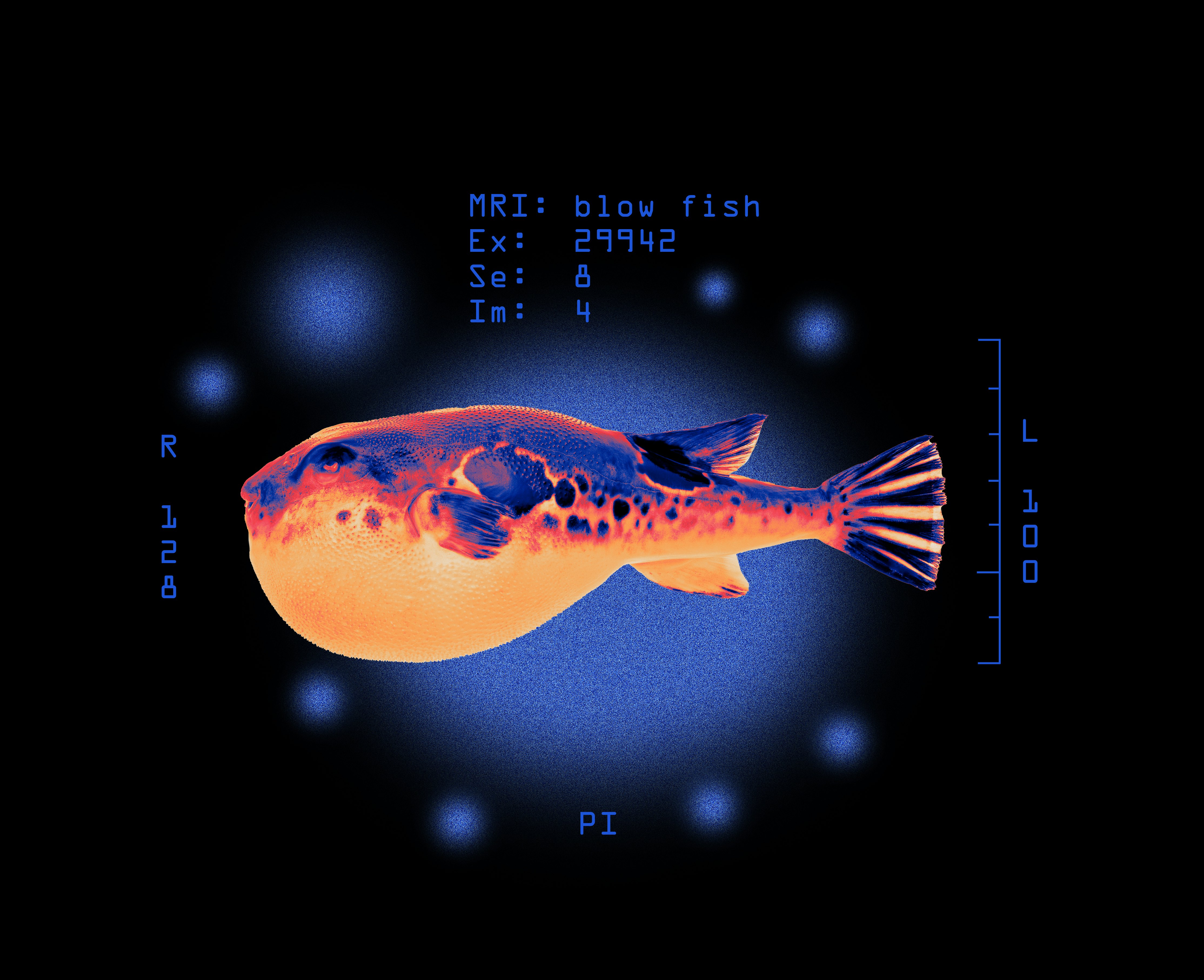
It’s a generally lamentable truism that everything delicious — be it bacon, hamburgers, or sugar — will slowly kill you. Some delicacies, however, skip the gradual decline.
Take pufferfish: A family of more than 120 species, often collectively known as blowfish. One of the most commonly eaten species, Takifugu rubripes, known simply as fugu, can quickly and easily kill you. But people eat this delicacy every day, so how do they do it? And how risky is it really?
Are pufferfish poisonous?
Yes, extremely so! The pufferfish’s puff is only a warning that if a predator keeps getting in its face, that aggressor will get a mouthful of poison.
Pufferfish, including Takifugu rubripes, contain tetrodotoxin, a neurotoxin that only occurs in the fish order Tetraodontiformes, which contains all puffers and other species that produce it. The toxin is produced by bacteria that live in the blowfish, which they acquire from their diet of algae. Among those toxin-producing bacteria are those of the genus Vibrio, Aeromonas, Pseudomonas, Bacillus, Shewanella, and Alteromonas.
Can eating pufferfish kill you?
Tetrodotoxin is a neurotoxin that can be fatal to humans with just a two-milligram dose.
“It's one of those things where a drop can kill 100 people,” Gabriel Somarriba, an ichthyology Ph.D. candidate at the University of Florida, tells Inverse.
The neurotoxin blocks messages that the nervous system conveys between the brain and the body, which means involuntary actions, like breathing, are shut down. Somarriba says that death is ultimately due to suffocation because tetrodotoxin leaves the diaphragm paralyzed and unable to flex to help the lungs expand and contract.
According to Somarriba, fugu’s skin, liver, and gonads contain the toxin. This means that even holding live fugu can have a mildly toxic effect. Those who handle pufferfish with bare hands may feel their extremities go numb soon after that little fish inflates, he says. This may be why it’s thought that dolphins play catch with pufferfish and can get high off tetrodotoxin by proximity. While these mammals have been observed to volley pufferfish back and forth while in a stupor, we’re still not sure how they know to keep from devouring the fish entirely.
That said, Somarriba says there’s a good chunk of non-poisonous meat to enjoy. Once you cut the inedible head off, he continues, its spine, studded with thin, protruding bones, is the only thing left to remove. Depending on the species, after deboning the fish and removing the deadly bits, Somarriba says you’re left with as much meat as on a chicken wing.
Is Bloat from Finding Nemo a pufferfish?
Arguably one of the most famous blowfish is Bloat from Finding Nemo. However, Somarriba stipulates Bloat isn’t actually a pufferfish that would be served up for dinner. Bloat’s spines make him a porcupine fish from a sibling family to the pufferfish. Pufferfish that you’d find on a menu usually don’t have spines – at least not big ones, Somarriba says.
What does pufferfish taste like?
Of course, if humans have continued eating something potentially deadly, it must be ambrosial, right? Somarriba says his lab’s collections manager, Robert Robins, has mused, “You would have to be crazy to eat fugu; you would also have to be crazy not to eat fugu.”
The Ministry of Foreign Affairs of Japan tries to convey this experience so that wary diners need not risk their lives. The Ministry writes that sliced fugu is white with a “refreshing, light taste.” As sashimi, it’s “firm” with “a sweet flavor that fills your mouth.” Fugu roe, or fish eggs, are “thick and creamy.”
So how can you eat this delicacy and not die? If you are getting it from a restaurant or market, Japan strictly regulates the commercial fugu scene. Merchants must have a government-issued license to sell the fish, and chefs must have a separate one to serve it, meaning they’ve gone through years of safety training, an apprenticeship, and an exam on how to prepare the dish. It seems, though, that even the safely edible parts of fugu contain trace amounts of tetrodotoxin — enough to make your lips go numb but not enough to kill you. A food critic for Serious Eats wrote that after consuming fugu, “a faint tingling crept across” her lips. While it’s possible the sensation could be psychosomatic, Somarriba adds that diners may be underwhelmed at the fish’s taste but enthralled by “the tingling sensation that you get.”
Thanks to modern aquaculture, there’s also a risk-free way to enjoy fugu. Since wild pufferfish acquire their tetrodotoxin through their food, those raised on a captive diet are non-toxic. Although, perhaps the knowledge that you’ve eaten something that can’t potentially poison you might make it a little less delicious.
Somarriba gives an honorable mention to the Northern puffer too. He says this type of blowfish, Sphoeroides maculatus, is also known as sugar toads or sweet toads “because the meat is actually really delicious.” The Northern puffer is only toxic during the summer months when the algae it feasts on blooms, letting the tetrodotoxin-producing bacteria flourish.
Somarriba has yet to try fugu but hopes to one day. He already has some ideas about preparation: “If you tempura-fried a whole bunch, they’re probably really good.”







